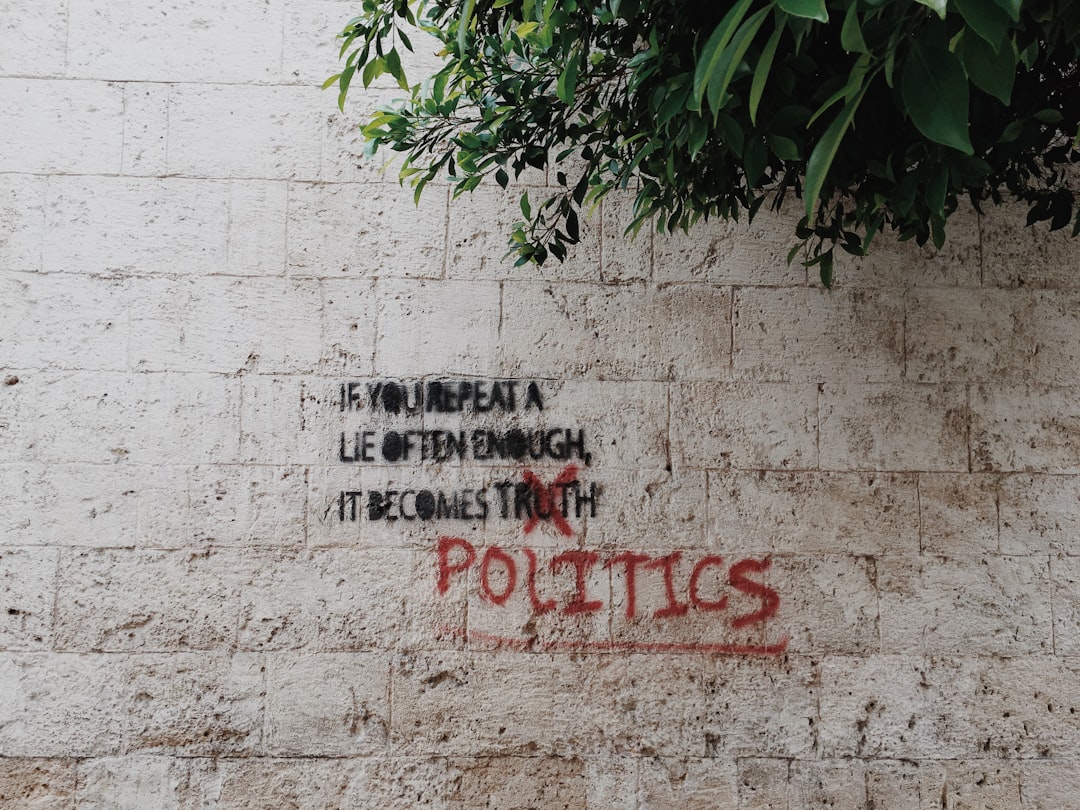Bridging partisan divides through budgeting. PLUS: Equity, engagement and federal funding.
At its core, a government budget is an aspirational policy document. Where the money goes indicates the priorities and goals of lawmakers and chief executives. But in a time of extreme political divide, agreeing on those goals and how to fund them is an even more emotionally taxing process than usual. This newsletter looks at new research on the topic by the Government Finance Officers Association, ways to put these ideas into action and how federal funding can help.
But first, a quick reminder that if you work in government or at a nonprofit, you’re eligible for a subscription discount! Learn more here.

Bridging the partisan divide
Local elections are often non-partisan but the increasing national political divide over the past 30 years has nonetheless trickled down into local politics. GFOA’s new report on bridging the political divide looks at how this has happened and what local officials can do to close the gap.
The report includes examples of how this divide—and the pandemic in particular—has affected local officials’ ability to do their job and eroded trust: partisan responses to Covid-19 has led to many uncomfortable conversations about in-person versus remote training; an experienced and long-time city manager was abruptly fired after becoming the victim of a misinformation campaign.
Trust plays a critical role in the budgeting process, the report notes: “A healthy budget process requires that the participants look to the greater interest of the community rather than seeking to get the most for themselves.” GFOA points to Moral Foundations Theory (MFT) as a unique solution to reducing political polarization. In short, we all have the same moral foundations but because of our individual experience, we place different values on them.
MFT’s six basic foundations to worldviews
How it works: To combat increasing crime, two proposals are put forward: One would expand the number of police officers to more vigorously enforce the law; the other would expand social services that seek to prevent people from turning to crime. Someone who heavily values the authority foundation would be likely to support the former while a person who highly values the care foundation is more likely to support the latter.
How to apply MFT: While the theory doesn’t imply that all world beliefs are valid, it can be an avenue to understanding an opposing view. “Recognizing that people who have different views than us may genuinely be doing what they believe is right enables us to collaborate with them,” the report says.
Learn more: GFOA’s Project OpenMind
The word “collaborate” is key. It does not necessarily mean to compromise, where both sides begrudgingly give up something to find a middleground. Instead, the report points to “integrative thinking,” which takes the best of choices A and B and reconfigures them to help create new answers that more effectively solve the problem. The Covid pandemic has already spurred more of this type of thinking (more on that below) and the current workforce crisis could very well fuel it further.
The integrative thinking approach to equity
Integrative thinking is almost required when tackling inequities in health, housing or educational access because they’re all linked.
Keep reading with a 7-day free trial
Subscribe to Long Story Short to keep reading this post and get 7 days of free access to the full post archives.


